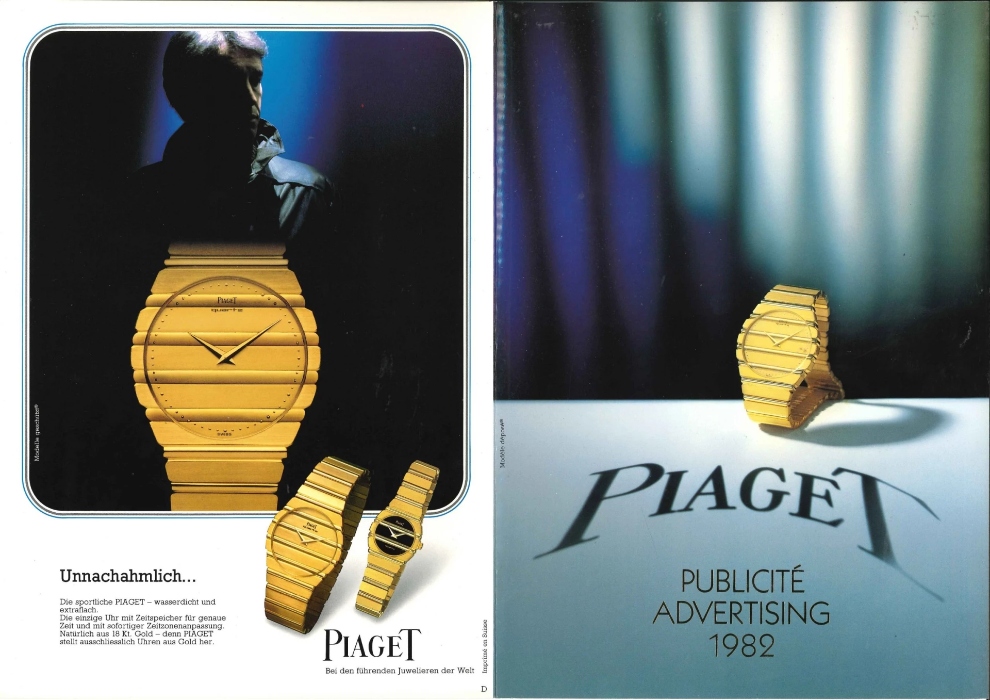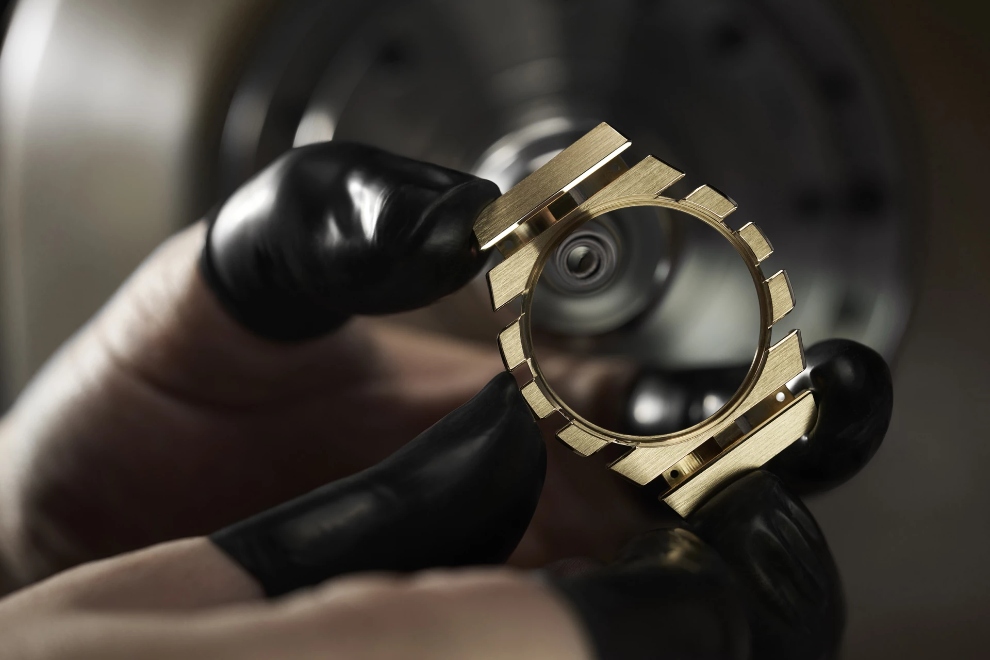The IWC Portugieser Eternal Calendar Is Schaffhausen’s Tribute to Eternity

Time has been one of the greatest mysteries and paradoxes to humankind. One would think that many millennia later — with the advancement of technology — we would have cracked the code by now, but instead, we have fallen deeper into a bottomless rabbit hole of theories and ideas. At the dawn of civilisation, the sun’s rising and setting was the earliest precursor of what time was before observations of the moon and other celestial bodies gave a semblance of time as a construct. Watches (and clocks) played a role after their inventions, allowing people to keep track of time; yet it still does not answer the question — what is time? Renowned physicist Professor Brian Cox — invited to speak at the IWC Schaffhausen Keynote at Watches & Wonders Geneva 2024 — answered succinctly in three simple words, “We don’t know.”
“Albert Einstein’s relativity model is our best theory of gravity, space and time. What is a watch measuring in his theory?” Cox posed the question to the audience. “Distance. Imagine a map of space and time with things that happened and will happen to you as memories and points on that map. The distance between those points — the distance between now and tomorrow — is what a watch is measuring. In other words, a watch measures the distance you travel over the spacetime map in Einstein’s model, but it still doesn’t answer what time is.”

When putting Cox’s statement into perspective, the greatest beauty of a watch is its seconds hand, silently ticking to measure and address one of human’s greatest mysteries. Time — in essence — became a commodity after we gave it a tangible value despite its intangible and, perhaps, eternal nature. Is that why perpetual calendars were created and named as such? To probe further, can a watch be truly perpetual? IWC Schaffhausen certainly thinks so after unveiling the IWC Portugieser Eternal Calendar, a headlining marvel of equal parts astrology nerd, engineering ingenuity and aesthetic splendour.
Instead of being a classical perpetual calendar, the IWC Portugieser Eternal Calendar is a secular perpetual calendar — IWC’s first-ever and the fourth example in the world created to date. In addition to recognising the different lengths of the months and adding a leap day every four years, the calibre is mechanically programmed to take the Gregorian calendar’s complex nuances, such as the leap, centurial and common years, into account. Unlike that of a classical perpetual calendar that requires a hard reset in the year 2100, the IWC Portugieser Eternal Calendar is capable of being in sync with the calendars until the year 3999 because it has not yet been officially decided whether the year 4000 will be a leap year or not.

“A calendar is based on the sun, moon and Earth and their relative positions to each other. It’s a combination of separate measurements — the Earth’s rotation on its axis (a day), the Earth’s orbit around the sun (a year), and the moon’s orbit around the Earth roughly equates to a month,” explains Cox. Interestingly, one of the Gregorian calendar exceptions is the 400-year rule that stipulates that centurial years divisible by 400 are leap years while all others are common years. With this in mind, IWC devised a 400-years gear that skips the leap year three times over 400 years to make the necessary mechanical calculations.
“We introduced a new program wheel that addresses the irregularity of the 400-year cycle. Our engineers and watchmakers have devised a gearing — while simple in concept but not so in implementation — that translates the four-year leap year program wheel to a 400-year wheel, which will then give the lever the information whether on the full century that leap year should be skipped or not,” shares Chris Grainger-Herr, CEO of IWC Schaffhausen at the keynote session. “We have our four-year wheel, which gives us the leap year information. It’s translated to a five-maltese wheel rotating once every 20 years, which then goes on to the 400-year 20-maltese wheel. That wheel will rotate less than a degree per year and probably less than a quarter in our entire lifetime. So, putting it into perspective, the system is a very precise but highly engineered and reliable way of reflecting the full Gregorian calendar.”

Another bit of engineering ingenuity is the moon phase accuracy, which has broken the world record for the most accurate moon phase display, currently accurate to two million years. IWC’s latest iteration stands at a whopping 45 million years of accuracy in tracking the moon’s irregular lunation. “The moon phase is a wonderful display because you’re looking at the relative position of the moon and the sun as seen from the Earth,” said Cox. “Precision is everything. The average time from a new moon to the next is 29 days, 12 hours, 44 minutes and 2.88 seconds. The challenge is computing this figure mechanically.”
"Here is another challenge: how can we develop a gearing that gets as close to that lunation as humanly possible? We tasked a computer to work through 22 trillion combinations by saying, ‘We only want three additional gears (for the moon phase), and they should not have more than 100 teeth each.’ Ultimately, we came up with a new reduction gear train using three intermediate wheels to achieve that precision and only deviate one day in 45 million years,” beams Grainger.

Aesthetically, the IWC Portugieser Eternal Calendar is as classic Portugieser styling as one could imagine. Given the components and real estate required of the IWC-manufactured 52640 calibre, the platinum case measures 44.4mm across and 15mm tall. A newly created glass dial and double box-glass sapphire crystal give the dial a touch of airiness and lightness as the various calendar complexes appear to levitate. A little aperture at the 4.30 mark offers a glimpse of the 400-years gear that ticks the IWC Portugieser Eternal Calendar from Schaffhausen to eternity.
This story was first seen on MensFolio.com
For more on the latest in luxury watch news and releases, click here.





















